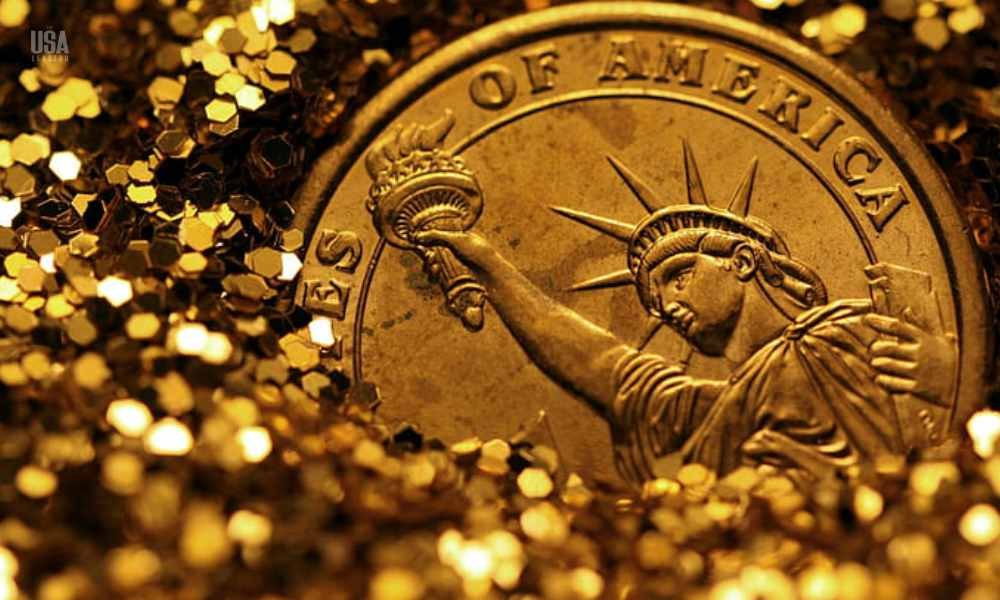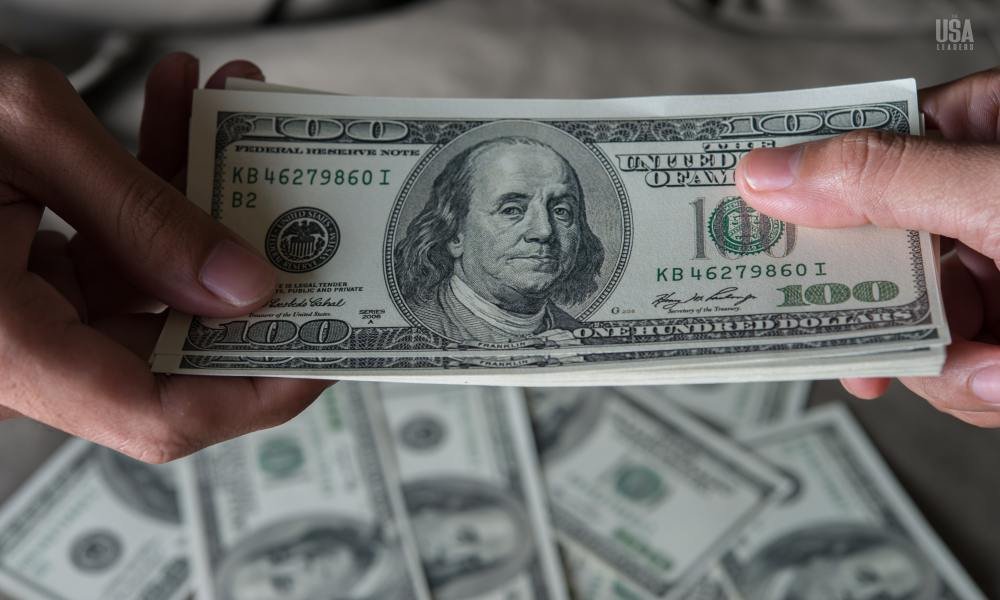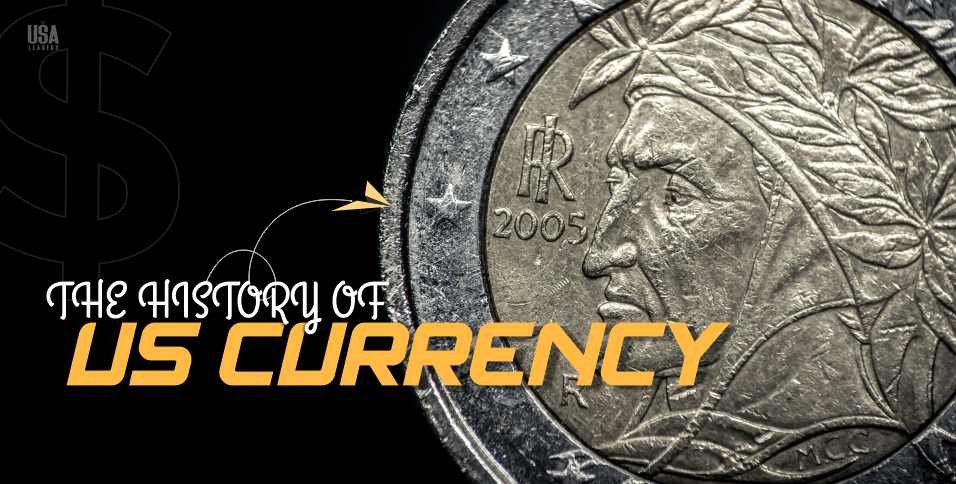Through time, you might have realized that economies have rested on the currency that supports and empowers them. In today’s world, even a credit card requires strong currency to support the spending habits of customers. The US dollar is one of the strongest currencies in the world and it is interesting to understand its way of evolution. In the journey of knowing the history of US currency, passionate economists have sought many answers – facts that have kept them wondering and astonished. Here, we round up some lesser-known facts about the history of US currency to add an extra edge to your knowledge.
Facts about the History of US currency
- Dollar notes that you use every day are not made of paper. Instead, they are a blend of cotton linen for a longer duration.
- In 1782, the Bank of North America came into existence and it was the first financial institution chartered by the United States.
- After the adoption of the “coinage act” in 1794, the government issued silver dollars for the first time. The act set the dollar as a reference unit for the entire country and established the decree for the first American national mint.

- In 1863, Congress passed legislation for the first time to provide a base for the national banking system and build a uniform national currency for the United States. In addition to the national bank system, Congress inaugurated the U.S. Department of the Treasury to regulate banknotes. Later on, in 1869, the Bureau of Engraving and Printing took the responsibility for engraving and printing faces on the banknotes.
- In 1886, for the first- and last-time banknotes showed the image of a woman. It took place when Martha Washington’s effigy was placed on the obverse of silver certificates for one dollar. Her husband, the first President of the United States, George Washington, appeared with her on the note.

- The Federal Reserve Act of 1913 established the Federal Reserve Board to follow the rhythm of changes to the financial needs of the country. It created a new currency called the Federal Reserve Notes and crossed a milestone in the history of the US currency. In 1914, the first federal note was minted for ten dollars, and later on, the Federal Reserve Board decided to lower the money manufacturing cost. It reduced the official size of notes by 30%, meanwhile, the design of the note remained constant until 1996. Subsequently, the board introduced a new series of improvements to prevent counterfeiting.
- In 1914, Federal Reserve notes replaced national bank notes, and in 1918, denominations of additional notes spanned from $1 to $10,000. After purchasing U.S. bonds, the government secured the national currency with the help of the authority of national banks.
- However, 1929 was an important year in the history of US currency because the federal government started redesigning and standardizing each bill denomination. The government introduced these changes in order to reduce expenses.
- Since 1956, all banknotes bear the printed motto: ‘In God We Trust. It is the official motto of the United States of America and the U.S. congress adopted it after replacing ‘Out of many, one.

- In 2003, additional security features were included on the $100 notes, such as 3-D Security Ribbon and color-shifting Bell in the Inkwell. Similarly, another interesting fact about the $100 notes is that it includes a portrait watermark of Benjamin Franklin. It is visible from both sides of the note when held to the light.
- Another interesting fact about the history of US currency is that the latest 100 dollar notes bear an image of the ‘Independence Hall’ in which the clock indicates the time: 4:10 pm.
- The US Dollar has five different denominations with nicknames: One cent for a penny, Five cents: for a nickel, Ten cents: for a dime, Twenty-five cents: for a quarter, and Fifty cents: for half a dollar. US currency has seven denominations regarding banknotes that are 1, 2, 5, 10, 20, 50, and 100 dollars.
- The durability of a single dollar banknote is 18 months, banknotes of 50 and 100 can stay in circulation for 8 years and 20-dollar banknotes circulate for an average of 2 years.
- Even if many countries use dollars commonly, the US dollar is legal tender money only in eight countries in which a court of law recognizes it to be a satisfactory payment method. The group of these countries includes the United States of America, Ecuador, El Salvador, the Marshall Islands, Micronesia, Palau, East Timor, and Zimbabwe.
- The history of US currency started with paper money and accordingly when it was issued in America, it became the first authorized currency in the western world approved by the government. The US currency became widespread in America during the colonial period.
The Digital Dollar: New Chapter in the History of US currency

The US currency has been evolving for decades and it is the need of the hour to prevent the counterfeiting of central bank notes. Hence, the latest updates like the digital dollar can prevent such illegal actions. Consequently, micro printing and security threads added watermarks to the bills. In 2013, national banks added a new redesign to enhance security. The new design of security design crosses the bill to the right of Benjamin Franklin’s picture.
The ‘digital dollar’ is the new form of the US dollar and it is the latest update in the history of US currency. Like all US bills and coins issued by US federal reserves, the National Bank also issued the digital dollar. The digital dollar is accessible to everyone, including financial institutions. It will reduce transaction fees and about five percent of the total households could make it easier for the government to pay benefits.
The Final Word
America remains a country rich in financial resources with a highly skilled workforce and its dollar is one of the major reasons it has the biggest economy. The US dollar continues to show great resilience as compared to other currencies in the world. We expect the above information to create extra value in your knowledge and surprise you with the 15 lesser-known facts about the history of US currency.
ALSO READ: Top E-commerce Companies in the USA offering an Exclusive Experience





















